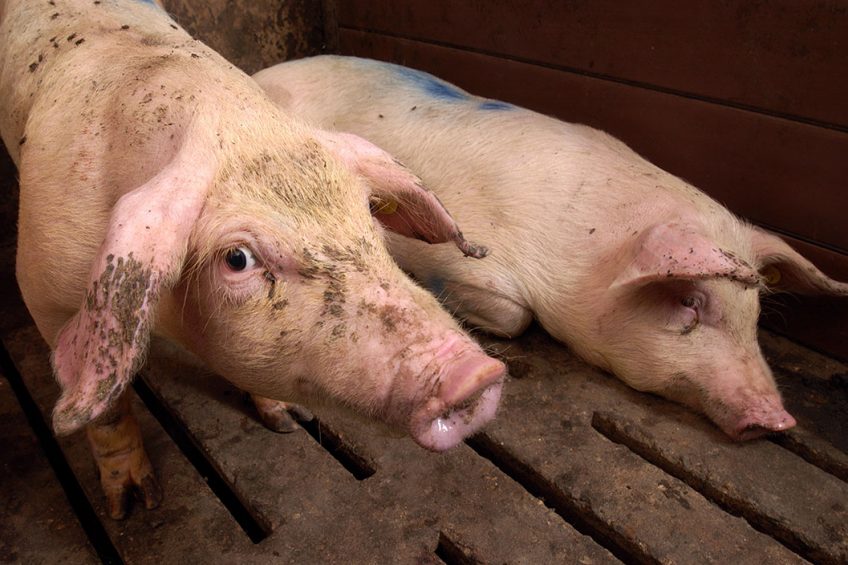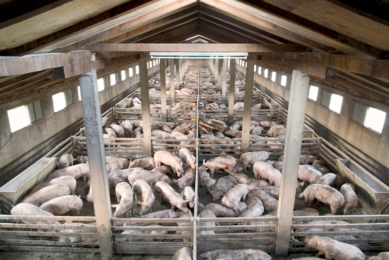Scientists identify PCV4 virus in sick Chinese pigs

A new variety of Porcine Circovirus has been identified in pigs with severe clinical disease in China’s Hunan province last April.
The virus had a distinct relationship with earlier versions of circovirus. Therefore the scientists, associated with the Hunan University and Zhejiang University, China; and the University of Edinburgh, UK, classified it as Porcine Circovirus, type 4 (PCV4).
In a publication in the peer-reviewed journal Transboundary and Emerging Diseases, the scientists wrote:
Genomic identity to mink circovirus
“The size of the viral genome, tentatively designated as porcine circovirus type 4 (PCV4), is 1,770 nucleotides. PCV4 shows the highest genomic identity to mink circovirus (66.9%) and has identities of 43.2%‐51.5% to the other PCV genomes.
They continued to write: “2 major genes, a replicase (Rep) gene spanning 891 nucleotides and a capsid (Cap) gene spanning 687 nucleotides, were predicted. Furthermore, a TaqMan real‐time PCR targeting the replicase gene was developed to investigate the prevalence of PCV4 in 187 clinical samples from Hunan province, China.
“The results revealed an overall PCV4 prevalence of 12.8%, with the highest positive rates in nasal swabs (28.5%, 6/21) followed by serum samples (13.4%, 11/82).”

Read more about pig health in the Pig Progress Health Tool
History of Porcine Circoviruses
So far, 3 earlier circovirus species had been identified within the genus Circovirus. Porcine Circovirus, type 1 (PCV1) is non-pathogenic and has never made many headlines in the international pig press. Porcine circovirus, type 2 (PCV2) on the other hand, was a major problem in the swine industry about 10-15 years ago by affecting the pigs’ immune function. The infection eventually was relatively easy to overcome by vaccination.
Porcine circovirus, type 3 (PCV3) was identified in 2017 by researchers from the USA and Uruguay.
Apart from pigs, ducks and birds have also been identified as natural hosts for circovirus species.
The research paper was authored by Hui‐Hui Zhang, Wen‐Qin Hu, Jie‐Yu Li, Tian‐Ning Liu and Chao‐Ting Xiao, Hunan University, Changsha, China; Tanja Opriessnig, The Roslin Institute and The Royal (Dick) School Veterinary Studies, University of Edinburgh, UK; and Ji‐Yong Zhou, Zhejiang University, Hangzhou, China.











